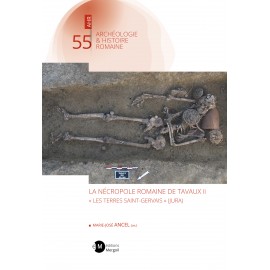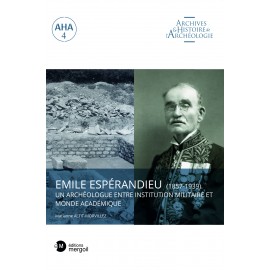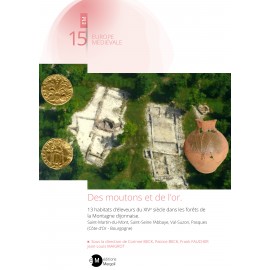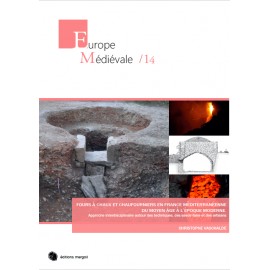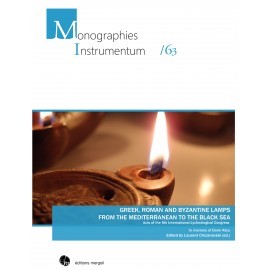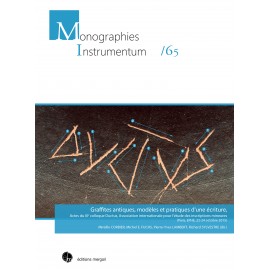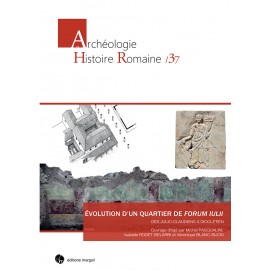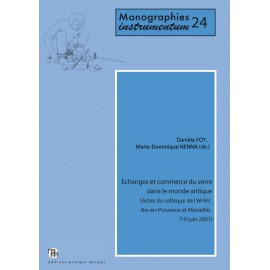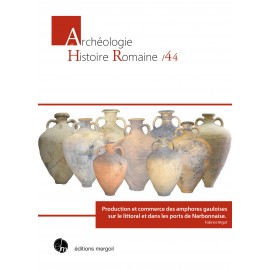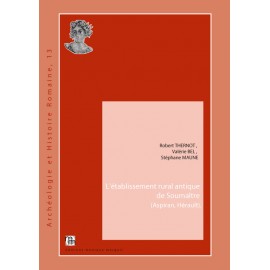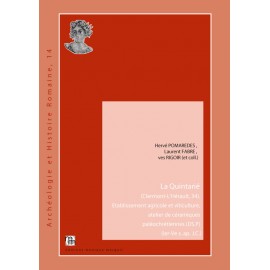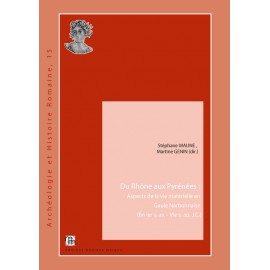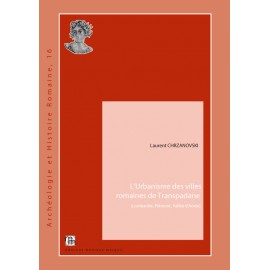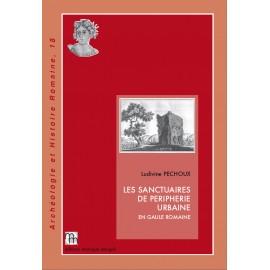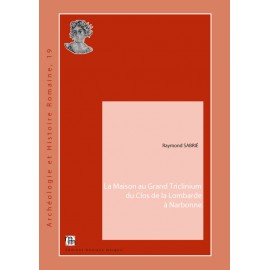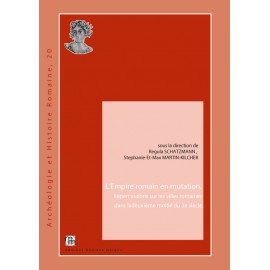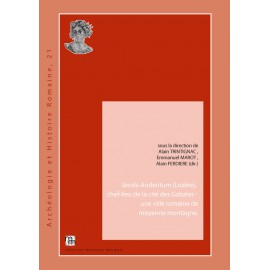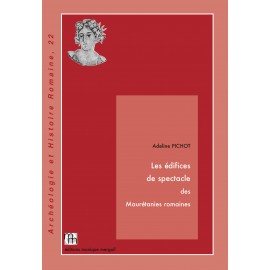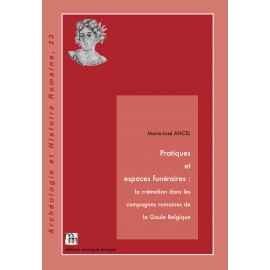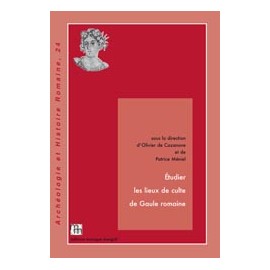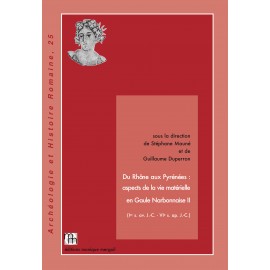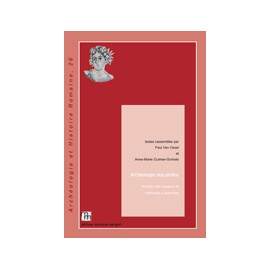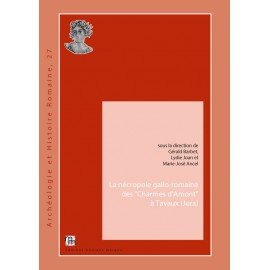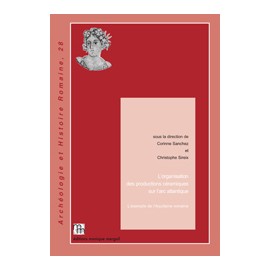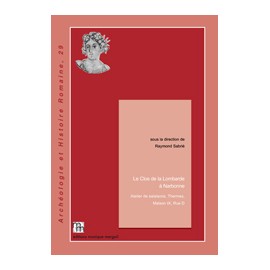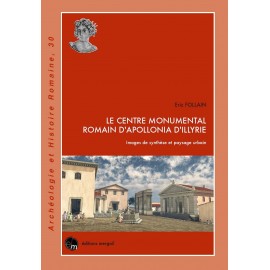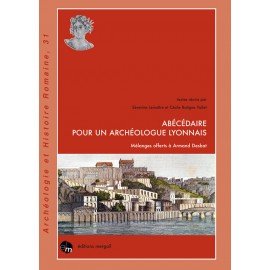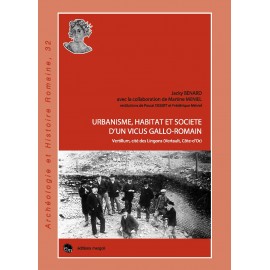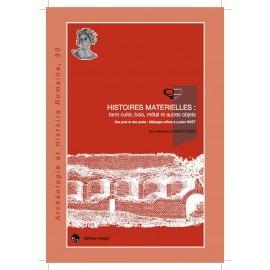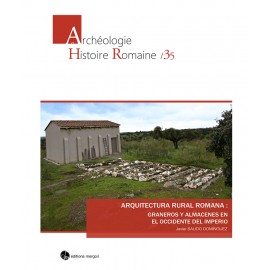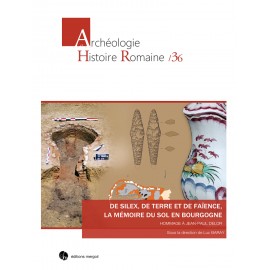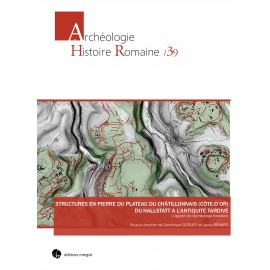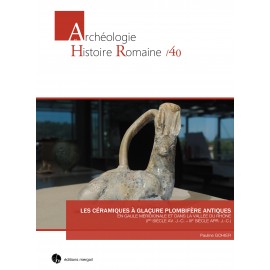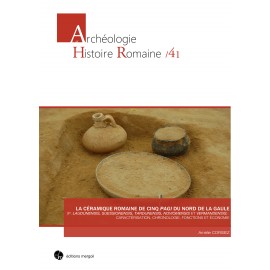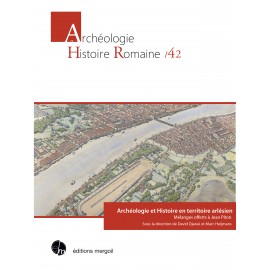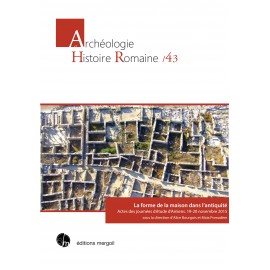No products
Prices are tax included
Product successfully added to your shopping cart
There are 0 items in your cart. There is 1 item in your cart.
Archéologie et Histoire Romaine
- Archéologie et Histoire Romaine
- Archéologie Moderne et Contemporaine
- Archéologie des Plantes et des Animaux
- Archéologie du Paysage
- Archives & Histoire de l'Archéologie
- Europe Médiévale
- Monographies Instrumentum
- Préhistoires
- Protohistoire européenne
- Research Protocols
- Off collections
- Les cahiers de saint-michel de Cuxa
- Second-hand
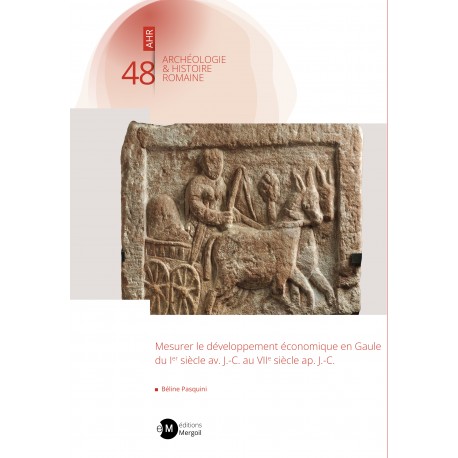 View larger
View larger Mesurer le développement économique en Gaule du Ier siècle av. J.-C. au VIIe siècle ap. J.-C.
AHR-48
New
AHR-48 - Mesurer le développement économique en Gaule du Ier siècle av. J.-C. au VIIe siècle ap. J.-C.
Béline Pasquini, 2022, 220 p. coul, (ISBN : 978-2-35518-127-6).
Crédit photo : Stèle funéraire dite du train des équipages, Ier siècle (détail). Musée Archéologique de Strasbourg, inv. 9012. Photo Musées de Strasbourg, M. Bertola.
langue : français.
diffusion : éditions Mergoil
More info
Under Roman rule, through established peace and security, the Gauls … enjoyed wealth and luxury.’ Fustel de Coulanges’ famous argument represents the traditional consensus still widely shared within and outside of academia: the coming of the Romans made their provinces safe and prosperous, and their downfall left their subjects in the ‘Dark Ages.’ Since the 1970s, however, the re-evaluations of the Late Antique and Early Medieval economies have questioned the dramatic difference in economic development before and after the Roman occupation. The current book re-examines this debate with a reappraisal of the living conditions in the Gallic region from the end of the Iron Age (1st c. BC) to the early Middle Ages (7th c. AD). When did the Gauls enjoy the best material life? When did they fare worst? This study offers an innovative methodological and epistemological framework to synthesize archaeological evidence and measure economic development. It defines development as the combination of growth and well-being and uses quantitative analysis to reconstruct their fluctuations. In the end, it reveals the possibility of conducting meaningful and sophisticated measurements of economic development in the ancient world.
Sommaire :
Remerciements
Sommaire
Introduction
Chapitre I : De la romanisation au développement
1. Des concepts toujours biaisés
2. Le concept de romanisation et les notions d’évolutionnisme, de diffusionnisme, et d’acculturation
3. Les alternatives postcoloniales à la romanisation
4. La mondialisation
5. Le développement
6. Le choix du développement comme outil d’analyse
Chapitre II : Mesurer la croissance économique
1. Bases théoriques et historiographiques
2. Les proxies de la croissance : structure
3. Les proxies de la croissance : performance.
4. Synthèse : Mesurer la croissance
Chapitre III : Mesurer le bien-être
1. Bases théoriques
2. Les proxies du bien-être
Synthèse : Mesurer le bien-être
Conclusion et perspectives
Table des figures
Bibliographie




